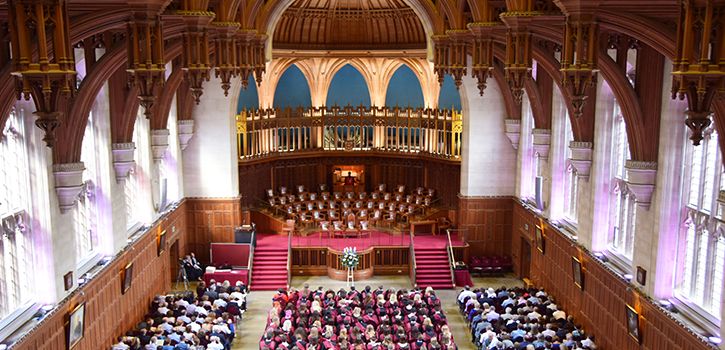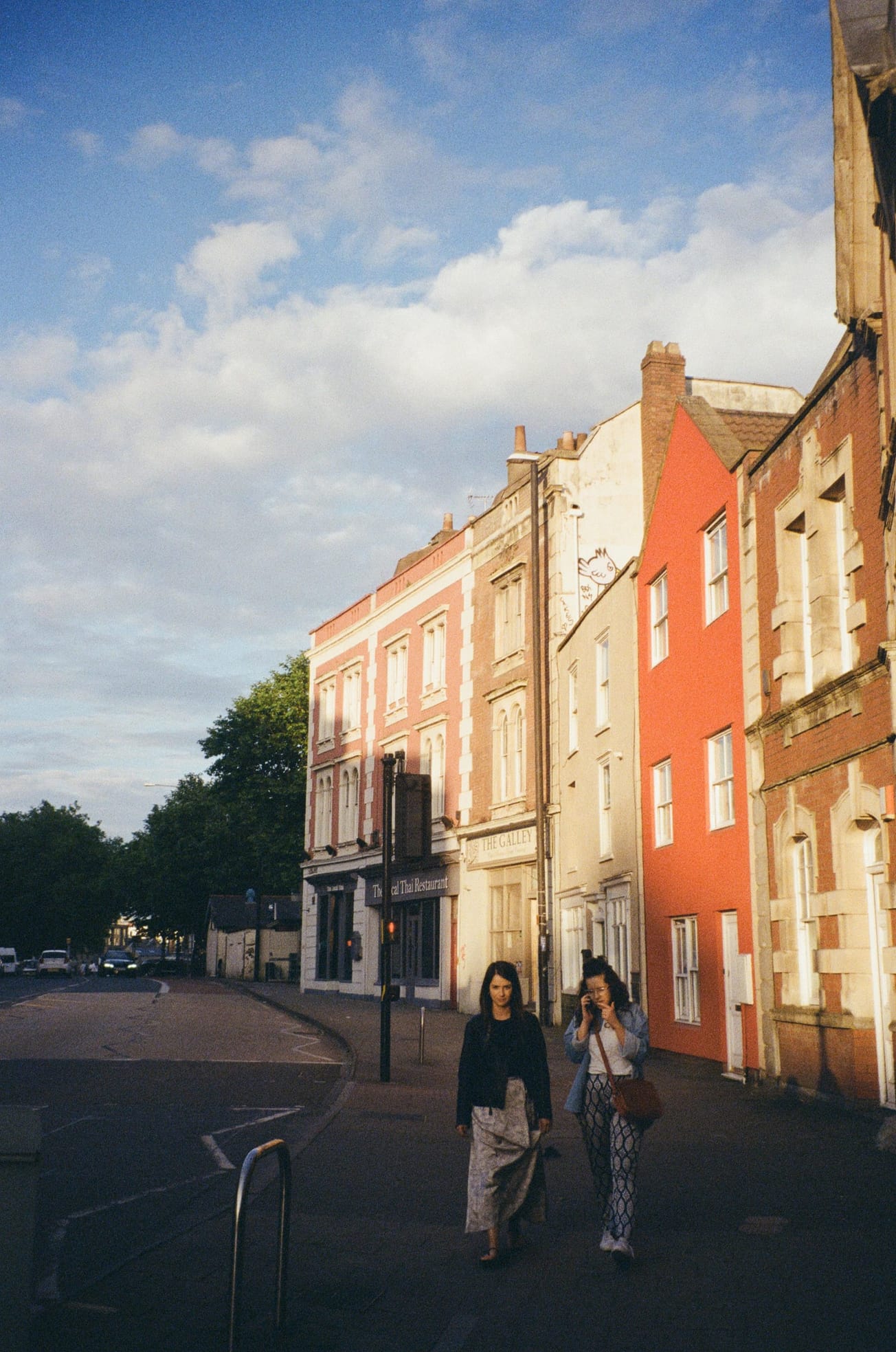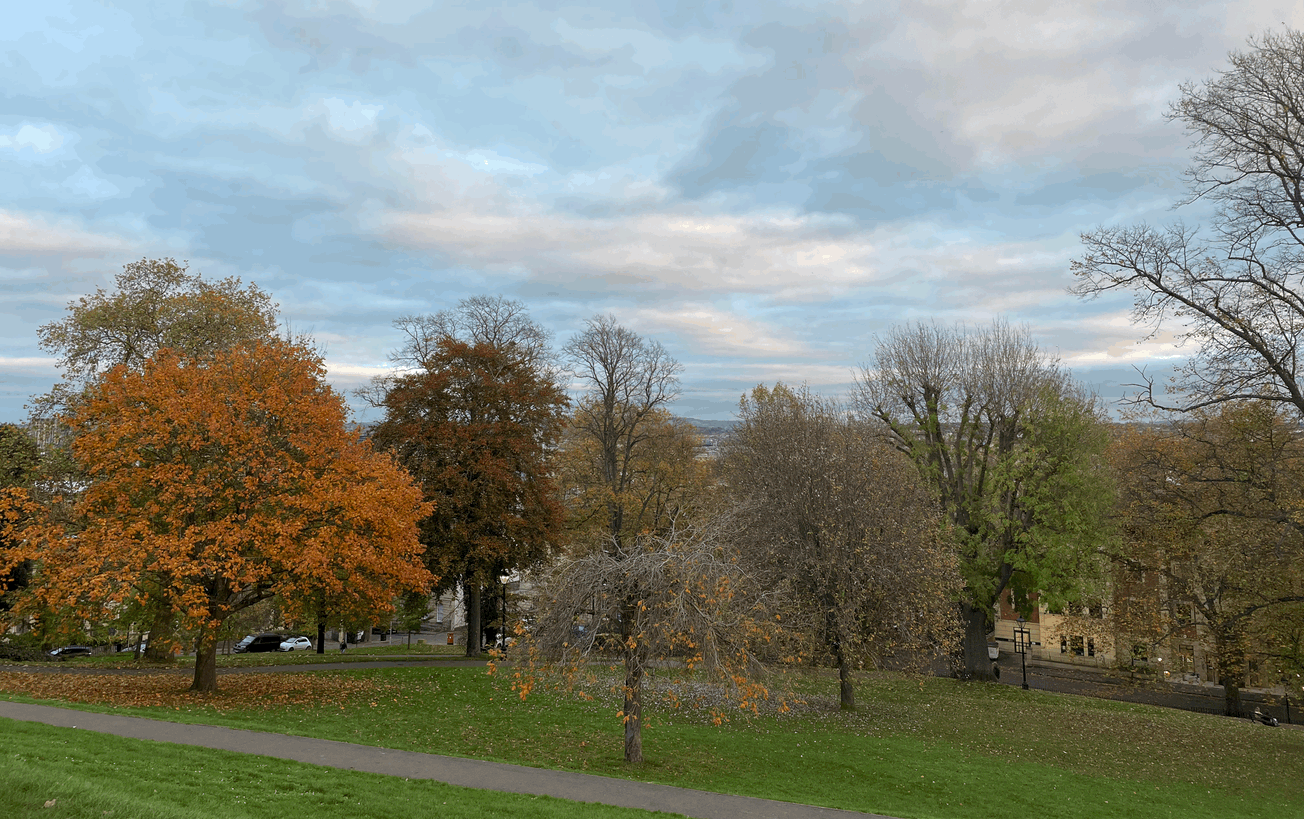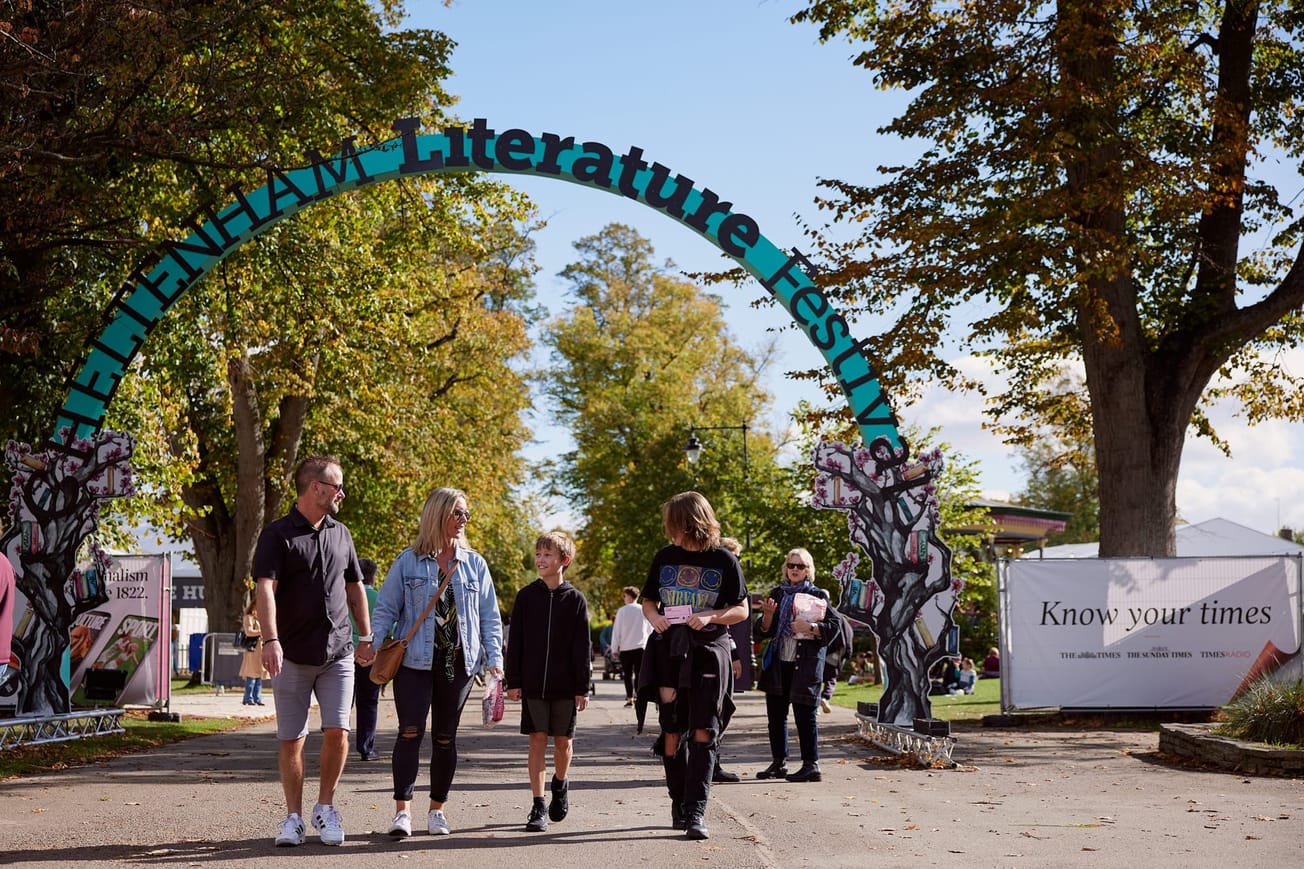By Elinor Cole, Third Year, History
Since the fall of the statue of prolific slave trader Edward Colston in the midst of the Black Lives Matter protests in 2020, debates have continued nationwide as to whether buildings named after controversial historical figures should remain to 'preserve' history, or be renamed to prevent the glorification of their past offences.
Whilst Bristol’s official involvement in the Transatlantic Slave Trade began in 1698, the late 1730s saw the city become Britain’s main slavery port. In fact, according to the Bristol Museums Collections, the year 1750 saw Bristolian ships transporting '8,000 of the 20,000 enslaved Africans' who were sent to the Caribbean and North America. Although Bristol was eventually overtaken by Liverpool in its position as Britain’s leading slavery port, it was still the key form of trade in the city.
The relation that these figures bear to the university can be found simply by walking around its campus and student accommodations. Despite being established as a university in 1876 - nearly 43 years after the 1833 Abolition Act - those that founded it undoubtedly benefitted from the Transatlantic Slave Trade.
We are all aware of the 65 ft Wills Memorial Building, residing at the top of Park Street, or the grand architecture of Wills Hall, a student halls of residence located in Stoke Bishop. As well as having university buildings named after them, the Wills family ran the tobacco company WD and HO Wills, with Henry Overton Wills III becoming the University’s first ever chancellor. What is less well known of the Wills family however, is that their success heavily relied on the exploitation of enslaved persons. Even after abolition in 1833, WD and HO Wills continued to import slave cultivated tobacco for their products.

Other, less obvious examples can be found. According to the University of Bristol’s website, Thomas Goldney II (of which student residence Goldney Hall is named after) funded and benefitted from a number of sea voyages relating to the trade of enslaved Africans.
Additionally, the Fry Building on Woodland Road was named due to the donations of the Fry Family to the university, who utilised slave-grown cocoa beans from the Caribbean for their chocolate business empire. Much like WD and HO Wills, Fry’s Chocolate continued sourcing its ingredients from enslaved labour post-abolition, utilising the plantations of São Tomé, a then Portuguese island where slavery existed until 1875.
Even the university’s logo, of which we have all become so accustomed to seeing, to some extent celebrates these figures - featuring a sun to represent the Wills family, a dolphin for the Colston family, and a horse for the Fry family.
After publishing the ‘Legacies of Slavery’ report and forming the ‘building renaming consultation’ in November of 2022, the university’s response to this issue has been painfully slow. After releasing a survey in January of this year (results from which two teams of data analysts have scrutinised), two ‘hybrid consultation events’ were then held and attended by staff, students, alumni and members of the public. A further public event at the Rose Green Centre was also held to hear from underrepresented groups in Bristol. According to the university, the data collected from the survey and events is being summarised into a report, where further 'consultations and meetings will be made’. From this, the university's Executive Board will make and implement a decision.
Promisingly, the university has made some attempt to celebrate figures without connections to past human rights abuses. Many of us will be familiar with Beckford Bar in Senate House for example, named after civil rights campaigner and founding member of the St Pauls Carnival, Carmen Beckford MBE. Beckford does indeed reflect modern values of inclusivity, yet the campus offers far grander reminders of Goldney, Wills, Fry and Colston. After all, what is one student bar compared to a 65ft gothic tower?

To some extent, it is commendable that the university has sought a wide variety of opinions on this matter. That being said, for a university that claims its values are being 'caring and inclusive', the extensive bureaucracy of the decision making process on this issue is especially puzzling given the simplicity of the answer to many students, staff, and members of the public alike.
In an article published by the Bristol Tab, a large majority of students agreed that it was 'unquestionably wrong' for buildings to be named after these historical figures. University statistics also show that 20.8 per cent of undergraduate students were from Black, Asian or Minority Ethnic backgrounds in 2022 (a rise of 14.5 per cent since 2016). This does not include international students who make up 25 per cent of the overall student body. With the university population becoming more diverse, it must surely be even more imperative that our buildings reflect this.
When it comes to renaming buildings or bringing down statues, some become nervous that it represents a form of erasing history. Even before the fall of Colston in 2017, petitions called for the renaming of the Wills Memorial Building were brushed off. The university itself stated that they were unable to enact change as it was ‘highly unlikely’ that the university would have 'flourished' without these individuals’ contributions. After speaking to University of Bristol students about the 2017 decision, I found many to also be appalled at the university’s response, with one second-year Economics student expressing that, ‘we can still learn about the history of the university without glorifying it. Having their names on buildings glorifies it’.
Whilst we anxiously await the university’s final decision, we must remain positive about the conversations that this issue has spurred in relation to race and social justice. Great change is on the horizon and without the constant reminder of Colston, Wills, Fry and Goldney, the future is exceptionally bright.
Featured Image: Megan Ioannides
Do you think the University of Bristol should be taking greater steps to rename buildings that glorify ex-slave trader families? We'd love to hear your opinion @EpigramPaper





